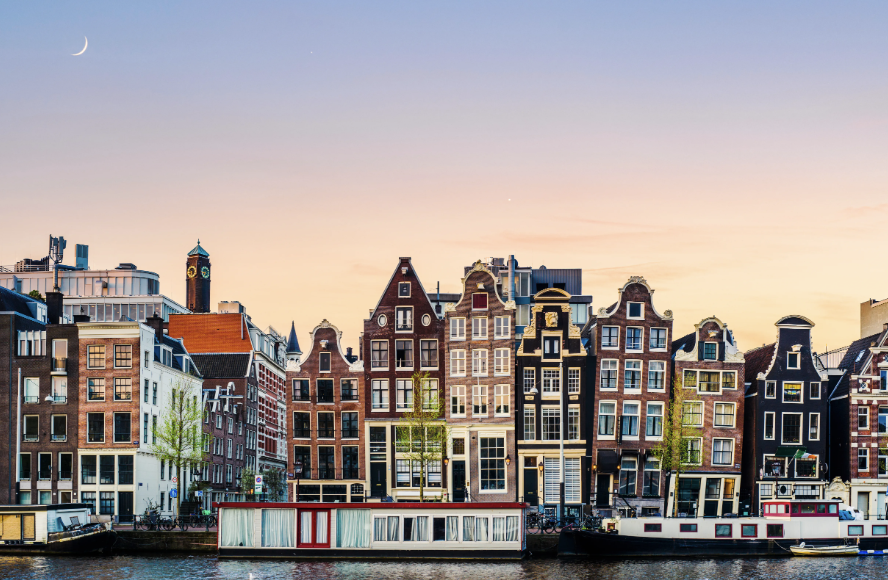Creative Irregularity
I enjoyed learning about John Habraken and his search/display of architecture that is designed for changing. It may seem obvious, but his offering of historical perspective that until the 19th century or so, the vast majority of structures were self built and emerged directly from the users needs is extremely important. Having this understanding of the past, illuminates the shifts in that norm in more recent history. Ultimately, this perspective combined with the case studies presented to us, offers us insight into how architects and designers have attempted to restore a balance between an organized and planned built environment and the "creative irregularity" produced by everyday life. In the modernized world it is obvious why we cannot return to a unilaterally "self built" built environment. Reasons that have to do with safety, efficiency, functionality, money, etc. However, there is definitely a clear value to architecture that is designed for adaptation, which can be altered or adjusted according to the users needs and their changing overtime. In addition, there is value to the unique architectural characteristics and spatial relationships this adaptability can produce overtime.
I enjoyed the example of Amsterdam and other cities in the Netherlands which talked about the cohesive typology of the rowhouse like buildings which define a distinct urban fabric that each individual building must fit into. However, each building on an individual level is able to be completely unique in its expression of things like fenestrations or depth of ornamentation. This is ultimately an authentic expression of the user and how they have been able to completely manipulate and customize their own building yet stay within the bounds of a cohesive typology. In some ways this makes me think of the Charleston single house in which there is great variation within that typology through scale, style, and even materiality, all dictated by the user but still cohesive within the larger urban fabric.



Kevin, I find your point of Amsterdam very interesting. It as if the city provides how the houses should be defined, yet, each is unique in their own way. I think this is an interesting example of the personal touch coinciding with the city's overall identity.
ReplyDelete